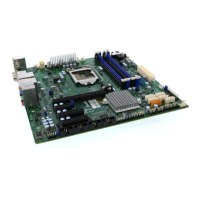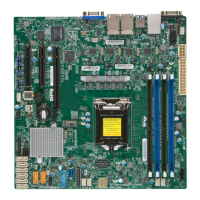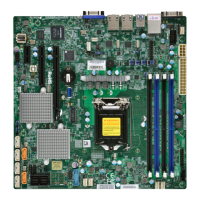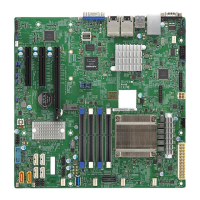20
Super X11SSQ/-L/-V User's Manual
1.2 Processor and Chipset Overview
Built upon the functionality and capability of the Intel 6th Generation Core i7/i5/i3, Pentium,
and Celeron processors (Socket LGA 1151) and the Intel Q170/H110 PCH Chipset, the
X11SSQ/-L/-V motherboard offers maximum I/O expandability, energy efficiency, and
data reliability in a 14-nm process architecture, and is optimized for embedded solutions,
networking applications, or cloud-computing platforms.
The Intel 6th Generation Core i7 and PCH Q170/H110 platform supports the following features:
• Intel AMT 11.0, TXT and vPro (X11SSQ/-V only)
• PCI-E 2.0/3.0, SATA 3.0, USB 3.0
• Intel Hyper-Threading, Intel VT-D, VT-x
• TSX-NI, AES, SGX
• Intel Turbo Boost Technology
• Intel Rapid Storage Technology
• DDR4 Memory Support up to 2133MHz 64GB (up to 32GB on X11SSQ-L)
• Three independent Graphics Displays (two on X11SSQ-L) with Audio Stream, VP8, VP9,
HEVC, OpenGL 4.3/4.4, Intel Quick Sync Video Technology
1.3 Special Features
This section describes the health monitoring features of the X11SSQ/-L/-V motherboard. The
motherboard has an onboard System Hardware Monitor chip that supports system health
monitoring.
Recovery from AC Power Loss
The Basic I/O System (BIOS) provides a setting that determines how the system will respond
when AC power is lost and then restored to the system. You can choose for the system to
remain powered off (in which case you must press the power switch to turn it back on), or
for it to automatically return to the power-on state. See the Advanced BIOS Setup section
for this setting. The default setting is Last State.
Note: The motherboard offers a Force-On mode setting via jumper JAT1, putting it
into AT mode for special applications that require the system to always power on when
is AC plugged in or when recovering from a power loss. Please refer to section 2.8
Jumper Settings.
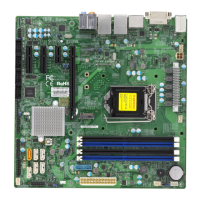
